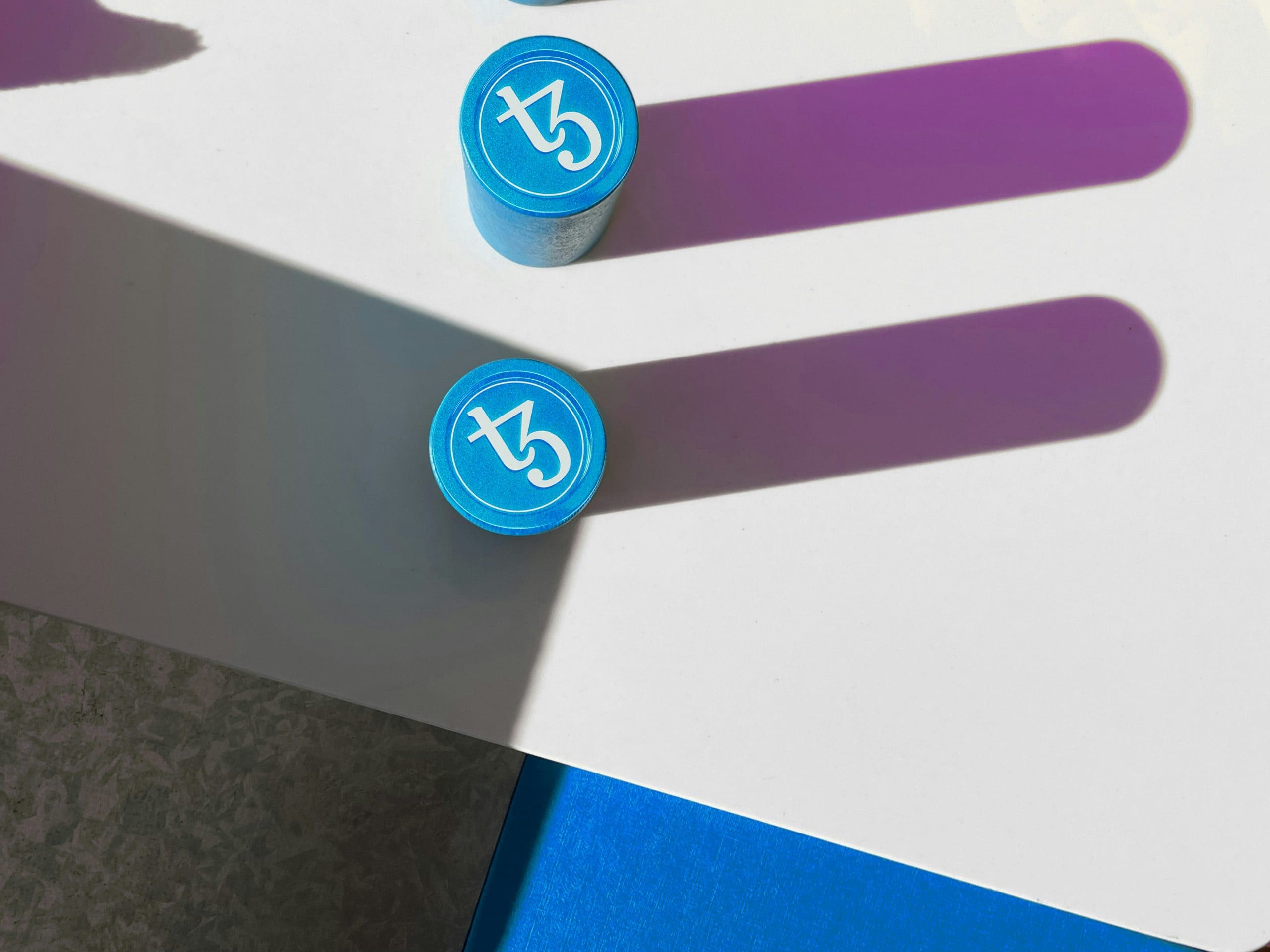
Note: This is a guest post written by Leonarda Kristina
The name given to your brand is important both for the positioning of the website in the main search engines and for the traditional word of mouth between users and potential buyers. Nowadays, there are well over 300 million domains worldwide. So if you decide to buy a new domain, it will be the basis for one of many billions of websites. In order to present your business in the best possible way, it is useful to consider some tricks before choosing a suitable domain name.
What is a domain?
Originally, a “domain” consists only of an IP address. This name uniquely identifies an associated website and allows the user to access it. Moreover, the website user will usually identify your company with your domain name, which must therefore be chosen with particular care. Since it would be too complicated to enter an IP address in the search bar every time you want to access a website, there are domain names that consist of letters and numbers. These are assigned to exactly one IP address via the so-called Domain Name System (DNS).
Introducing the three-domain levels
A complete domain is composed of three “levels”:
1. Top-Level Domain (TLD):
This is the domain extension, such as .io, .net, or .com.
.io is a country-specific TLD and is commonly known as an abbreviation for input/output. The .io domain name stands for the British Indian Ocean Territory, but because it has become so popular and widely used among tech companies and startups, .io is unofficially considered a generic top-level domain. Moreover, each country or territory is assigned its two-letter country code. Other country code top-level domains (ccTLDs) include, for example, .ca for Canada and .co.uk for the United Kingdom.
The .com extension is short for “commercial”. Therefore, this option is often used by websites that advertise products and services, e-commerce stores, and commercial blogs.
The .net extension is another domain option that is closely related to business. It is short for “network” and was originally intended for use by network services, Internet Service Providers (ISPs), technology companies, and database providers.
2. Second-level domain:
This is the domain name, without the suffix and preceding domain.
When choosing the second domain name, it is important to select a short and meaningful name for your business. A short name is easier for users to remember, making it easier to associate the name with the brand.
With so many already existing websites, you’ll have to be creative to find a domain name that is still available. For the website to be found easily, the following things should be considered:
The domain name…
- It should be easy to remember and represent the purpose of your company
- It should be short and to the point
- It should also be easy to pronounce and spell
3. Third-level domain:
This can be the www. preceding the domain name. In order to use a domain name, it must be registered with the appropriate registry. Usually, this is done by a web hoster, who registers the domain for you.
Checklist: This is how you proceed when buying a domain

o Search for a name: Search for a catchy brand or domain name.
o Check trademark rights: Check whether the name you want is already a registered trademark or is already being used by another provider.
o Check if the domain is free: Check if your domain name is still available.
o Search for a web hosting service and project your domain there: Now search for a web hoster.
o Renew domain in time: Remember to renew your domain in time. Usually, domains are renewed automatically.
The domain purchase is not a spontaneous decision and should be well considered by you. In addition to legal aspects, marketing-specific considerations also play an important role.






